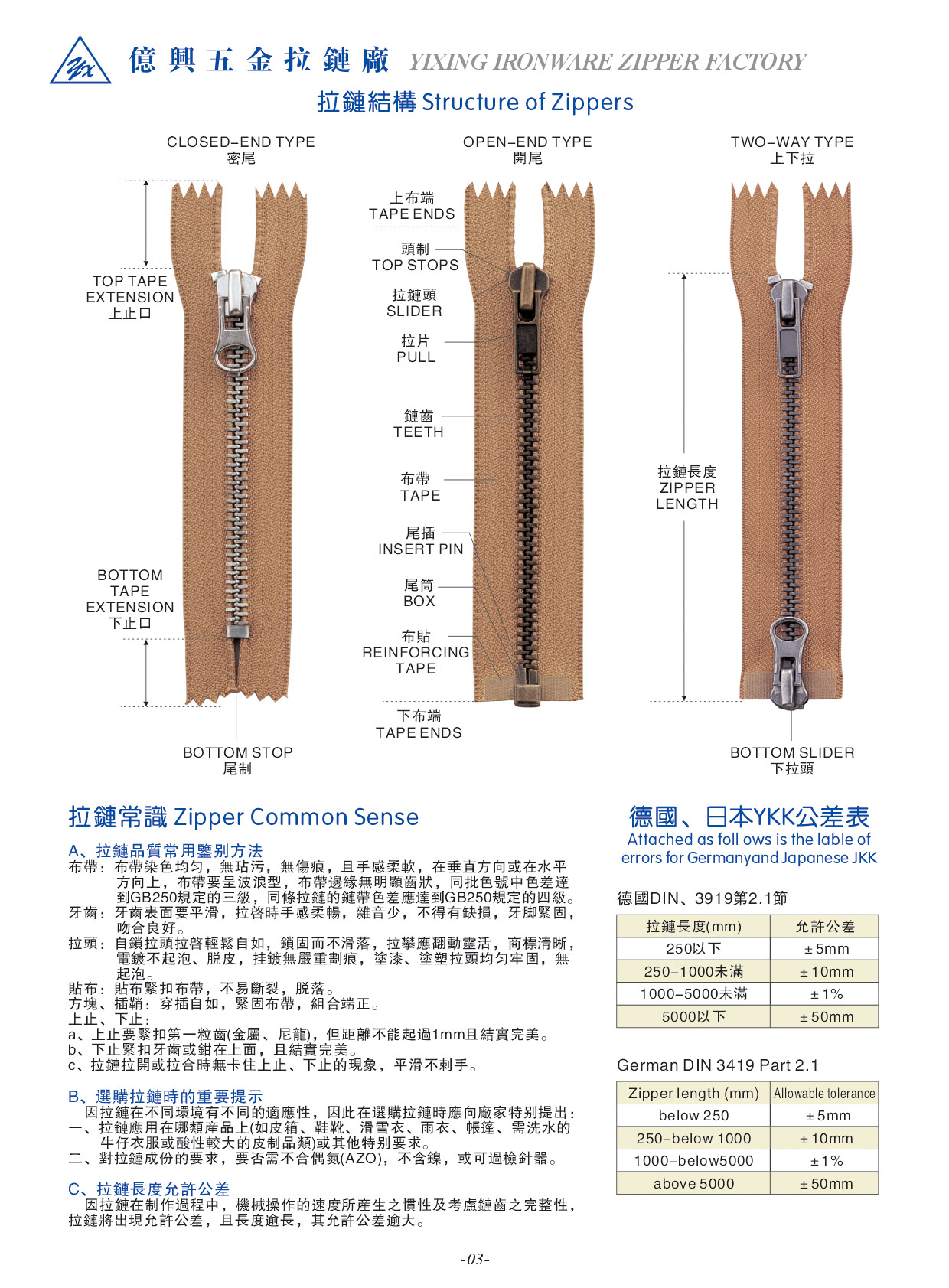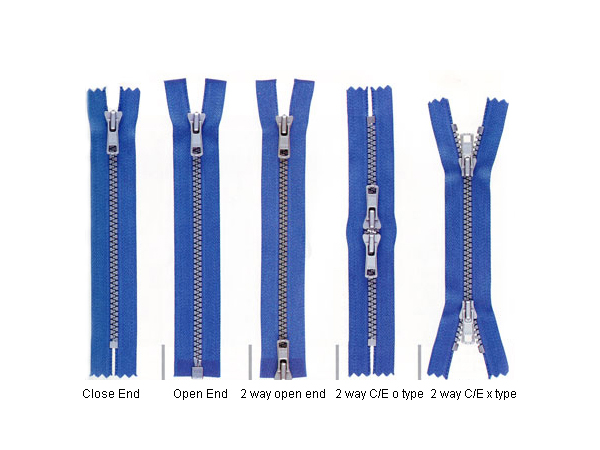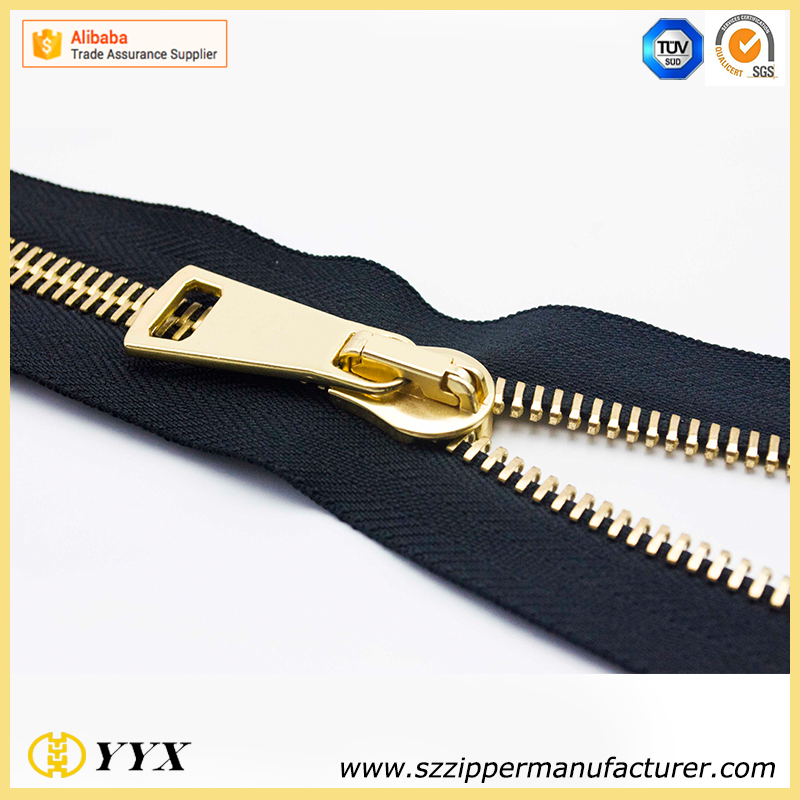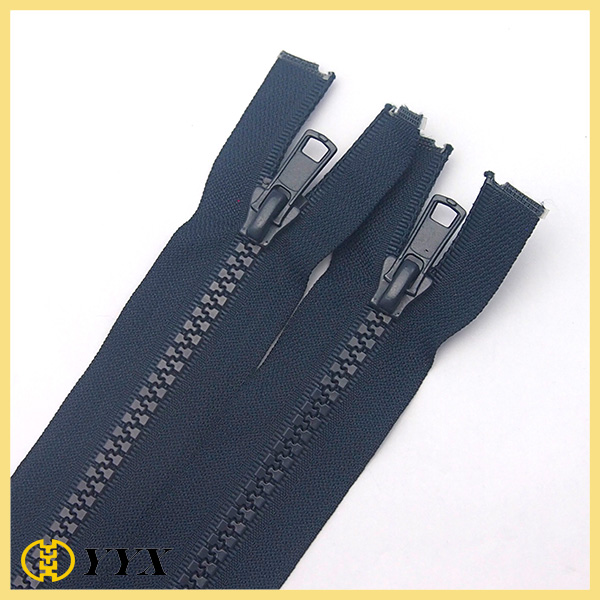A sheet of paper
Usually in the printing factory, the silk of the paper is determined on the basis of the direction of the paper fiber and the axis of the drum.
In the printed paper, the direction of the fibers is parallel to the axis of the drum, which is called the longitudinal paper, and the paper whose fiber arrangement direction is perpendicular to the axis of the drum is called the horizontal paper.
In the offset printing should be used to print paper. This is because: From the aspect of paper feeding, the longitudinal paper and paper are stiff in the direction of coming and going (axial), and it is not easy to tear in the radial direction to facilitate blowing and conveying. From the point of view of overprinting, a piece of paper is dried. The fiber, after complete wetting, may increase its diameter by 30% and increase its length by 1-2%. Therefore, the cross-threaded paper has more elongation (axially) than the longitudinal paper, which directly affects the overlay accuracy. However, the vertical and horizontal paper (elongation) is more elongated, but the overlay can be accurately adjusted by adjusting the lining or other methods.
[Case 2-1]
A factory uses a single-color offset press to print a batch of three- and four-color jobs. The paper used is a sheet-fed offset paper, and the cutting method is a T-shaped cutting method. When the first color is printed, when overprinting the second color, it is found that irregular registration is not allowed on the left and right sides.
[case analysis]:
This phenomenon often occurs, offset press operators mistakenly believe that this is a bad paper quality, the actual reason is the use of a T-shaped cutting method in the upper process, and the horizontal wire and the vertical file and paper mixed, so that the paper stretching Inconsistent, therefore, leads to inaccurate and irregular overprinting.
[Expert Tips]:
Where the cut sheet must be sandwiched by a warning strip, the vertical and horizontal threads must be separated during printing so that they cannot be mixed.
Paper is a variable material. The fibers that make up paper have a hygroscopic effect. The air contains a certain amount of moisture. Therefore, as long as the paper is in contact with air, it constantly balances with the humidity of the air. When the humidity of the air in the surrounding environment is higher than the humidity contained in the paper, the paper will absorb the moisture in the air and expand and extend. On the contrary, when the humidity in the surrounding environment is lower than the humidity contained in the paper itself, the paper will be released. The moisture shrinks and shortens to achieve a balance with the ambient humidity. The so-called tight edges and flounces of the paper are related to the moisture content of the paper. In order to prevent inaccurate overprinting of the image caused by paper stretching, the size of moisture in the plate should be controlled by using longitudinally-stripped paper (referred to as cross-web and paper in paper mills). If the paper quality is not good, the overprint requirement is high, and a multi-color overprint of a single-color offset press is used.
Two paper throw angle
The throwing angle refers to the phenomenon of inadequacy of fitting on the trailing edge of the printed paper. In recent years, most rollover failures have occurred in multi-color offset printing. The main reason is:
(1) The front rule is not on a straight line, causing the paper to reach the front gauge, while holding less paper.
(2) The paper thickness varies greatly (3) The pressure in each color group tends to increase (4) The blanket cylinder is uneven (5) There are differences in elasticity between the two sides of the impression cylinder (6) Individual tooth pads on both sides of the impression cylinder Smooth or too low (7) As the blank area on both sides of the back of the printing plate is larger, the amount of the wetting fluid in this area is larger, so that the paper is adhered with more wetting liquid, causing the stretching part to expand and contract, forming a rejection angle.
(8) The amount of liquid used on the two sides of the printing plate is different from that on the both sides, and it also causes one side to form a roll-off angle.
Similar problems occur in monochrome offset presses.
[Case 2-2]
A factory uses a four-color off-set offset printing machine to print atlases and uses 80g/m2 offset printing paper to print. Some red and blue slips are often found on the tip, especially some special symbols. For example, some city symbols are blue circles. red. Most of this phenomenon occurs in the latter half of the printed web.
[case analysis]:
The above example is a noticeable phenomenon of sloshing. The main reason for this phenomenon is that the printing pressure is not reduced enough. Therefore, the printing pressure must be re-determined and adjusted. In addition, it is also related to the tightness of the paper and the elasticity of the grippers here.
[Case 2-3]:
In the process of commissioning the CP2000-CD102 machine, a certain factory carried out color printing tests after passing the inspection of various indicators, and added portraits to different locations of the 50% flat screens of black, cyan, magenta and yellow. The test results showed that the coated paper and board of 128g/m2 or more were normal, but when testing the book of 80g/m2 coated paper, the “swing angle†phenomenon occurred in the lower right corner of the printed matter, and the overprint of the corner rule was not allowed.
[case analysis:]
This kind of “swing angle†failure is generally not related to the pressure of the printing plate printing plates and blanket lining. May be related to dental caries, but when checking the caries, the caries are normal, and then the double-diameter impression cylinder is observed. When grabbing the paper, the caries do not hold the paper in the range of about 4mm in the lower right corner. The paper is slightly deformed when pressed, causing "sweeping angles".
Approach:
Re-set the position of the paper side pull gauge, adjust the relevant parts, and then try to print the boot, troubleshooting.
[Expert Tips]:
Whether it is a multi-color offset press or a monochrome offset press, do not make any reckless changes to some key parts and pay more attention to the position and range of the gripper. For harder paper, such failures do not occur easily.
Three paper lint, powder off
Paper lint is mainly caused by two reasons. The first is the quality of the paper, followed by the printing conditions. The paper quality refers to the surface strength of the paper; the surface strength of the paper is the physical quantity that measures the binding force between fibers, fillers, and rubber materials on the surface of the paper, generally refers to the water resistant layer and the resistance on the paper surface that is perpendicular to the paper surface. Tearing ability. Paper with high surface strength has less hair loss during printing. Therefore, in practical applications, the surface strength of the paper is also called paper lint resistance. It reflects the paper's ability to resist lint in the printing process.
The printing conditions include more content, such as the amount of the wetting liquid supplied, the viscosity of the ink, the viscosity, the printing speed, and the like.
(1) Paper lint and lint-free paper lint is generally classified as dry hair and wet hair.
In a monochrome offset press, the loss of the paper is hair loss, which occurs when the bonding force between fibers or pigments is less than the adhesion of the ink. Wet hair loss occurs with the participation of water under this condition.
In the printing process of the multicolor printing machine, except for the first color ink of the first color group roller, the inks of the other color groups are all printed on the surface of the ink or white paper that has already been printed, and the white paper surface is wetted. Liquid wetting. After the paper is moistened, its surface strength must drop. Obviously, if the last color is printed on the white paper, the strength of the white paper surface is the weakest.
Fibers that have fallen off from the paper, paint particles, and piles on the blanket can cause problems with stacking of the blanket. Multi-color offset printing machine according to the different printing graphics, the degree of stacking ink is also different. However, in general, the first color group is not easy to occur on the blanket cylinder, and often occurs in the second color or later color groups, which is the main cause of paper stacking. Increased tackiness due to residual tackiness and wetting of hair caused by wetting fluid wetting. Therefore, the more the back of the roller, the more likely the pile of ink.
When the stacking ink begins to form, the image is first roughened due to the shedding of fibers, the paint particles peel off with the ink, and a stack of ink forms on the blanket. As a result, the ink in the raised portion is poorly transferred, resulting in the occurrence of plate misprinting.
(2) Treatment of paper lint and stacking ink The most fundamental method of reducing paper lint is to select paper with high surface strength. However, in practice, it is not always necessary to use this kind of paper. From a process point of view, first, the wetting fluid should be controlled within the minimum range. Second, the printing speed should be reduced in order to reduce the viscosity of the ink during the printing process, and buffering of the paper is lost. . For severer lint-free paper, in order to ensure quality, press white oil or clean the blanket several times before printing before printing or printing fine products.
[Case 2-4]:
A printing factory prints a collection of "body art appreciation" albums with four-color offset printing. The printing machine is an imported four-color offset printing machine, and the used paper is 128 g/m2 double-sided coated paper. When the operator completed the preparatory work and had less than 500 sheets after the official opening of the seal, many spots of different sizes appeared on the smooth and delicate human skin. At this time, the machine was immediately shut down. The captain suspected that the color sequence was improper, then changed the color sequence before printing, but spots still appeared differently.
[case analysis]
As a result of the illumination of the paper, it was found that the degree of dust in the paper was too high, and because the special wet-off phenomenon was formed after printing by the four-color printing machine, the above failure was caused.
Treatment method: swap the paper.
[Expert Tips] Similar to this example, a lot of practical work, some paper due to paper problems are not suitable for printing high-end color live, never make do.
[Case 2-5]:
A factory J2108 machine used 128g/m2 double-sided coated printing paper color job, printing without any abnormal phenomenon, later changed to 80g/m2 single-sided coated paper printing the same graphics and text found hair, network points virtual, in addition There was a pile of ink on the surface of the blanket, which was later analyzed as a result of insufficient blanket lining.
[Expert Tips]: Insufficient lining of rubber blankets is often the main cause of stacking. This is because the ink does not transfer well due to lack of lining, resulting in thicker and thicker on the blanket cylinder to form a stack of ink. Therefore, the lining thickness of the blanket must be increased accordingly. It can be seen that the failure of stacking ink is not always caused by poor paper quality.
Zipper(Zip, Zip Fastener)
A zipper is a popular device for temporarily joining two edges of fabric. It is used in clothing,luggage and other bags,sporting goods,camping gear (e.g.,tents and sleeping bags),and other textiles.
1. Zipper Structure:

2. Zipper Type:
Usually Zipper have 5 basic Type: Open End, Close End, 2 Way Open ENd, 2 Way Close End(o type) and 2 Way Close End(x type)

3. Zipper Category:
Based on different material used for zipper production, here are three kinds of zipper: Nylon Zipper, Metal Zipper and Plastic Zipper
3.1. Nylon Zipper:
Nylon zipper is a zipper made from nylon monofilament wound around the center line formed by heating stamper. Compared to metal zipper, resin zipper, nylon zipper with low cost, high yield, high penetration characteristics. Nylon Zipper Widely used in sportswear, shoes, bedding, luggage, tents...etc

3.2. Metal Zipper:
Metal zipper is a kind of zipper that zipper teeth made of copper, aluminum or copper-nickel alloy material. Compared with resin zipper and nylon zipper, metal zipper more durable, and mostly used for jeans, jackets and backpacks.

3.3 Plastic Zipper
Plastic zipper, some one also call it resin zipper, vislon zipper or delrin zipper. The teeth of plastic zipper made from plastic rice, colored by dye and shaped by plastic injection machine. More Durable than Nylon Zipper and Metal zipper, also cheaper than metal zipper. People like to use it in clothing and pockets.

4. YYX Zipper
Shenzhen YYX Zipper Manufacture Co., Ltd was founded in 1990. Based on years' experience in zipper production, our zipper are highly appraised by customer in the feilds of garment processing, handbag and tent production. We enjoy the advanced and professional production equipment, professional testing apparatus and high quality employees for producions.
The products are at high and stable quality. We provided on-time delivery and active innovation as the tenet, we strive for more excellence and stable development. We take the whole world in view and look forward the future.
Our tenet: first quality, customer upper most, on-time delivery, considerate service!
Our philosophy: humanity-oriented, innovative, enterprising, practical, excellent!
Our Direction: Professional, larege-scale, international!
*Related Products:bag zipper,cheap zipper,zipper roll,wholesale zipper.
Zippers,Zipper Tapes,Zipper Roll,Zipper Tape,Bag Zippers
Shenzhen Yiyixing Zipper Manufacture Co.,Ltd , https://www.yyxzip.com